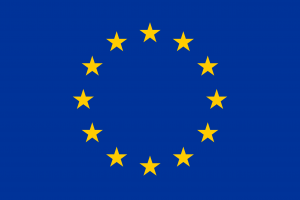Tawafoug (Understanding)
The Tawafoug project aims to address the urgent needs of host, refugee, and returnee populations in the Hodh ech Chargui (HeC) region of Mauritania. The region is facing a massive influx of refugees from Mali, which is placing significant pressure on local resources and basic services.
Tawafoug is part of an Integrated Territorial Approach (ITA) that supports the implementation of the Hodh ech Chargui Regional Strategy for Accelerated Growth and Shared Prosperity 2021–2025 (SCRAPP), led by the region’s decentralized state authorities. A key element of this program—aligned with the priorities of the Sahel Alliance—is the ownership by public authorities, which is both a crucial and central issue in this project. The program aims to go beyond simple ownership: it is about strengthening systems by working hand in hand with public institutions and existing structures to make them sustainable and autonomous.
Key stakeholders in the project include the NGOs forming the Tawafoug consortium (ACF, Save the Children España, Terre des Hommes - Lausanne), the communities (host, refugee, returnee), regional and local authorities (wali, hakems, mayors, councillors, religious and traditional leaders), regional sectoral departments (education, social affairs, health, protection, water, etc.), the Hodh ech Chargui Regional Council, and the Coordination Unit for Development Projects and Programs for Hodh ech Chargui (CPPHeC).
Project Objectives
Overall Objective: Promote an environment conducive to socio-economic development and peaceful coexistence among host, refugee, and returnee populations in the HeC wilaya.
Specific Objective: Promote coordinated, inclusive, and sustainable local development to strengthen hosting capacities, improve access to basic social services, and enhance the socio-economic environment for host, refugee, and returnee populations.
Project Activities
Component 1: Strengthening Local Governance
-
Support the implementation of the Integrated Territorial Approach (ITA)
-
Build the capacities of local authorities and communities
-
Promote citizen participation and social cohesion
Component 2: Access to Basic Social Services
-
Rehabilitate and construct water, sanitation, and hygiene (WASH) infrastructure
-
Provide health and nutrition services
-
Improve access to education and child protection
-
Provide psychosocial support to vulnerable populations
Component 3: Socio-Economic Integration
-
Support entrepreneurship and technical training
-
Implement labor-intensive public works programs (HIMO)
-
Provide support for professional integration
-
Strengthen community resilience
Project Beneficiaries
Direct beneficiaries: 120,687, including 70,406 women/girls and 50,281 men/boys
Indirect beneficiaries include the broader population of the targeted moughataa(s) for project implementation.
Project Sustainability
The Tawafoug project will rely on a participatory and inclusive approach to ensure sustainability. Communities will be involved at every stage of the project—from planning to implementation and monitoring. The project will also strengthen the capacities of local authorities and civil society organizations to enable them to sustain the project's achievements over the long term.
More detailed information about the project in this document:


